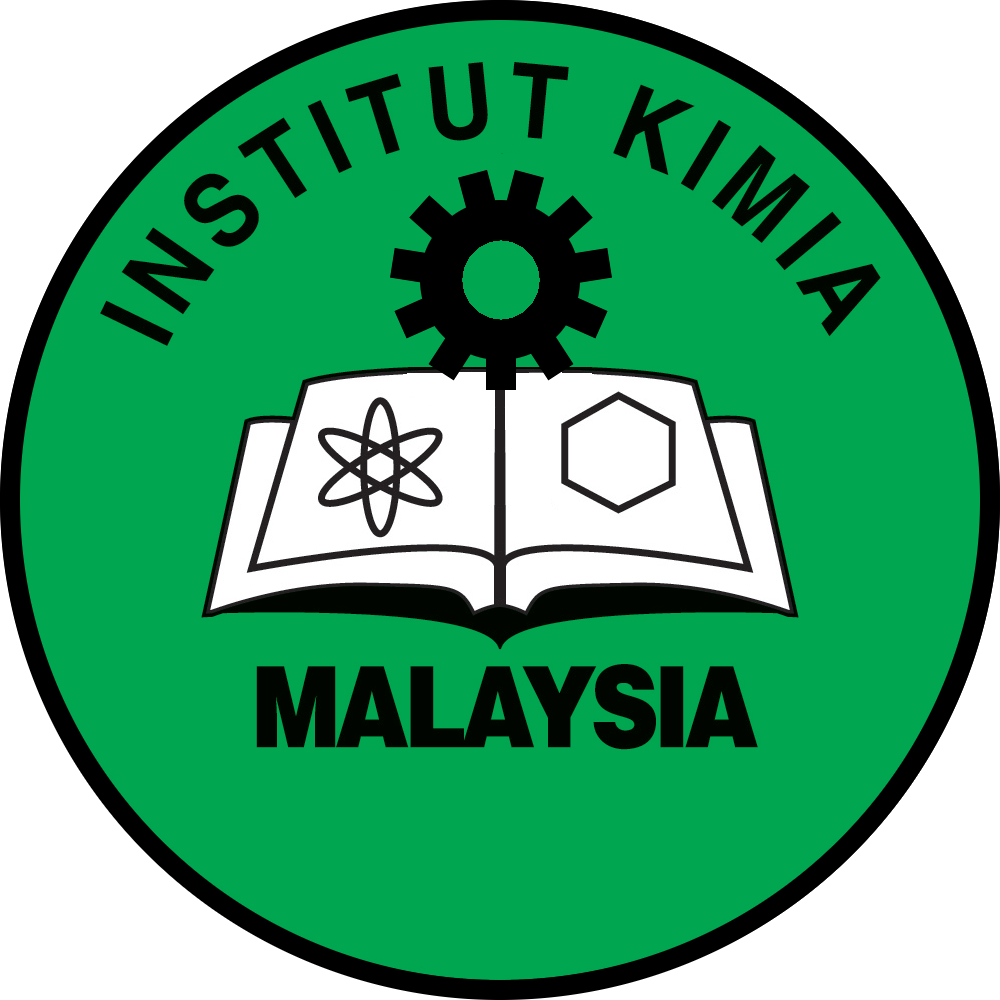Co-Gasification of Palm Oil EFB and MSF for Renewable Hydrogen Production: A Conceptual Design and Simulation
DOI: https://doi.org/10.55373/mjchem.v26i3.211
Keywords: Empty fruit bunch; hydrogen; conceptual plant design; process flow diagram; simulation
Abstract
Utilizing non-edible lignocellulosic biomass for second-generation biofuel production offers a promising solution to address agricultural and food waste accumulation. The objective of this study is to design a plant capable of producing biohydrogen and three other biofuels simultaneously. Palm-based empty fruit bunch and mesocarp fiber are chosen as feedstock for their cost-effectiveness, high production rate, and low moisture content. Feasibility is assessed through Aspen Plus simulation and process flow diagram (PFD) illustration. The designed PFD integrated sustainability principles spanning economic, social, and environmental dimensions such as the inclusion of flue gas treatment, the integration of a gas cyclone in the flue gas cleaning system and the adoption of a unified cooling water stream. Located in Kuantan, Pahang (3.8168 ˚N, 103.3317 ˚E), the designed plant successfully achieves a production capacity of 62.5 kt of 99 % purity renewable hydrogen annually with the potential cost of USD 12.40 per kg of output.
